Arguably America’s most sought-after automobile, the fabulous Duesenberg Model J enjoys a reputation like few others. A monument to the ambition of one man - Erret Lobban Cord - and the engineering brilliance of two others - Fred and August Duesenberg - the Model J was revealed to a awe-struck public at the New York Automobile Salon in December 1928. The Duesenberg story had begun in Des Moines, Iowa in 1906 when the two brothers designed a twin-cylinder car to be known as the Mason after its backer, a local attorney. The Mason soon proved an effective hillclimb and race car, but the marque foundered after a disastrous change of ownership and in 1913 the Duesenbergs left to start their own company in St Paul, Minnesota. The horizontal-valve, rocker-arm, four-cylinder engine designed for the Mason was carried on in a succession of highly successful Duesenberg board track racers, with the result that the brothers’ burgeoning reputation enabled them to secure backing for series production. Duesenberg Motors Corporation moved into a new factory in Elizabeth, New Jersey in 1916 and almost immediately found itself manufacturing aero engines for the war effort rather than automobiles. Production of the Duesenberg automobile would not commence until 1922, by which time the brothers were part of a new company, the Duesenberg Automobile and Motors Corporation, of Indianapolis. First shown in prototype form in 1920, the Model A appeared with a horizontal-valve, straight eight engine and hydraulic brakes, the latter a first for an American car. Production cars however, used an overhead-camshaft eight. Although highly successful in racing during the 1920s, the Duesenbergs fared less well in the market place and by 1927 fewer than 700 Model As had been built. In the meantime, Auburn boss Errett Cord had acquired the company and instigated the programme that would result in one of the greatest automobiles in history. When launched, the Model J was the most powerful American car made, its twin-overhead-camshaft, 32-valve, straight eight engine producing a claimed 265bhp. The installed figure was undoubtedly less, but even so the Model J had better than 200 horsepower and a formidable performance despite its great size and weight - wheelbases were either 142½” or 153½” inches and production cars tipped the scales at 5,000lbs. At $8,500, the chassis price comfortably exceeded that of the most expensive custom-bodied Cadillac. For those who found the standard model too slow, there was the supercharged SJ, introduced in 1932 and endowed with 320bhp - more with the later ‘ram’s horn’ manifolding. Model J buyers ranged from movie stars to gangsters to politicians, with one-off custom-made bodies abounding. Cord’s agreement with Fred Duesenberg had stipulated a first production run of 500 cars, but even this modest figure would prove unattainable. Like other luxury car manufacturers, Duesenberg was adversely affected by the Wall Street Crash but although the company survived the Depression it could not survive the collapse of Cord’s business empire, perishing along with Auburn and Cord in 1937. This car started as a Willoughby-bodied Sedan/Limousine and was sold new to one Charles Wieland of Chicago, Illinois. It was subsequently owned (still in Illinois) for a number of years by Charles D Turek, who acquired the car in 1958. At some point in the 1950s (pre-Turek) the vehicle had been converted to open coachwork, in which state it was acquired in the mid-1980s by Don Criteser of Oregon, who dismantled and totally rebuilt the car to an exemplary standard, completing this Herculean task in 1987. Much of the body remains original Willoughby, albeit extensively modified from the waistline upwards, and the car’s period of existence in its current, open form now greatly exceeds that of its original, closed configuration. After Don Criteser’s death the car was inherited by his son, Dennis and was purchased from him by the current owner circa 2004. The qual
Arguably America’s most sought-after automobile, the fabulous Duesenberg Model J enjoys a reputation like few others. A monument to the ambition of one man - Erret Lobban Cord - and the engineering brilliance of two others - Fred and August Duesenberg - the Model J was revealed to a awe-struck public at the New York Automobile Salon in December 1928. The Duesenberg story had begun in Des Moines, Iowa in 1906 when the two brothers designed a twin-cylinder car to be known as the Mason after its backer, a local attorney. The Mason soon proved an effective hillclimb and race car, but the marque foundered after a disastrous change of ownership and in 1913 the Duesenbergs left to start their own company in St Paul, Minnesota. The horizontal-valve, rocker-arm, four-cylinder engine designed for the Mason was carried on in a succession of highly successful Duesenberg board track racers, with the result that the brothers’ burgeoning reputation enabled them to secure backing for series production. Duesenberg Motors Corporation moved into a new factory in Elizabeth, New Jersey in 1916 and almost immediately found itself manufacturing aero engines for the war effort rather than automobiles. Production of the Duesenberg automobile would not commence until 1922, by which time the brothers were part of a new company, the Duesenberg Automobile and Motors Corporation, of Indianapolis. First shown in prototype form in 1920, the Model A appeared with a horizontal-valve, straight eight engine and hydraulic brakes, the latter a first for an American car. Production cars however, used an overhead-camshaft eight. Although highly successful in racing during the 1920s, the Duesenbergs fared less well in the market place and by 1927 fewer than 700 Model As had been built. In the meantime, Auburn boss Errett Cord had acquired the company and instigated the programme that would result in one of the greatest automobiles in history. When launched, the Model J was the most powerful American car made, its twin-overhead-camshaft, 32-valve, straight eight engine producing a claimed 265bhp. The installed figure was undoubtedly less, but even so the Model J had better than 200 horsepower and a formidable performance despite its great size and weight - wheelbases were either 142½” or 153½” inches and production cars tipped the scales at 5,000lbs. At $8,500, the chassis price comfortably exceeded that of the most expensive custom-bodied Cadillac. For those who found the standard model too slow, there was the supercharged SJ, introduced in 1932 and endowed with 320bhp - more with the later ‘ram’s horn’ manifolding. Model J buyers ranged from movie stars to gangsters to politicians, with one-off custom-made bodies abounding. Cord’s agreement with Fred Duesenberg had stipulated a first production run of 500 cars, but even this modest figure would prove unattainable. Like other luxury car manufacturers, Duesenberg was adversely affected by the Wall Street Crash but although the company survived the Depression it could not survive the collapse of Cord’s business empire, perishing along with Auburn and Cord in 1937. This car started as a Willoughby-bodied Sedan/Limousine and was sold new to one Charles Wieland of Chicago, Illinois. It was subsequently owned (still in Illinois) for a number of years by Charles D Turek, who acquired the car in 1958. At some point in the 1950s (pre-Turek) the vehicle had been converted to open coachwork, in which state it was acquired in the mid-1980s by Don Criteser of Oregon, who dismantled and totally rebuilt the car to an exemplary standard, completing this Herculean task in 1987. Much of the body remains original Willoughby, albeit extensively modified from the waistline upwards, and the car’s period of existence in its current, open form now greatly exceeds that of its original, closed configuration. After Don Criteser’s death the car was inherited by his son, Dennis and was purchased from him by the current owner circa 2004. The qual
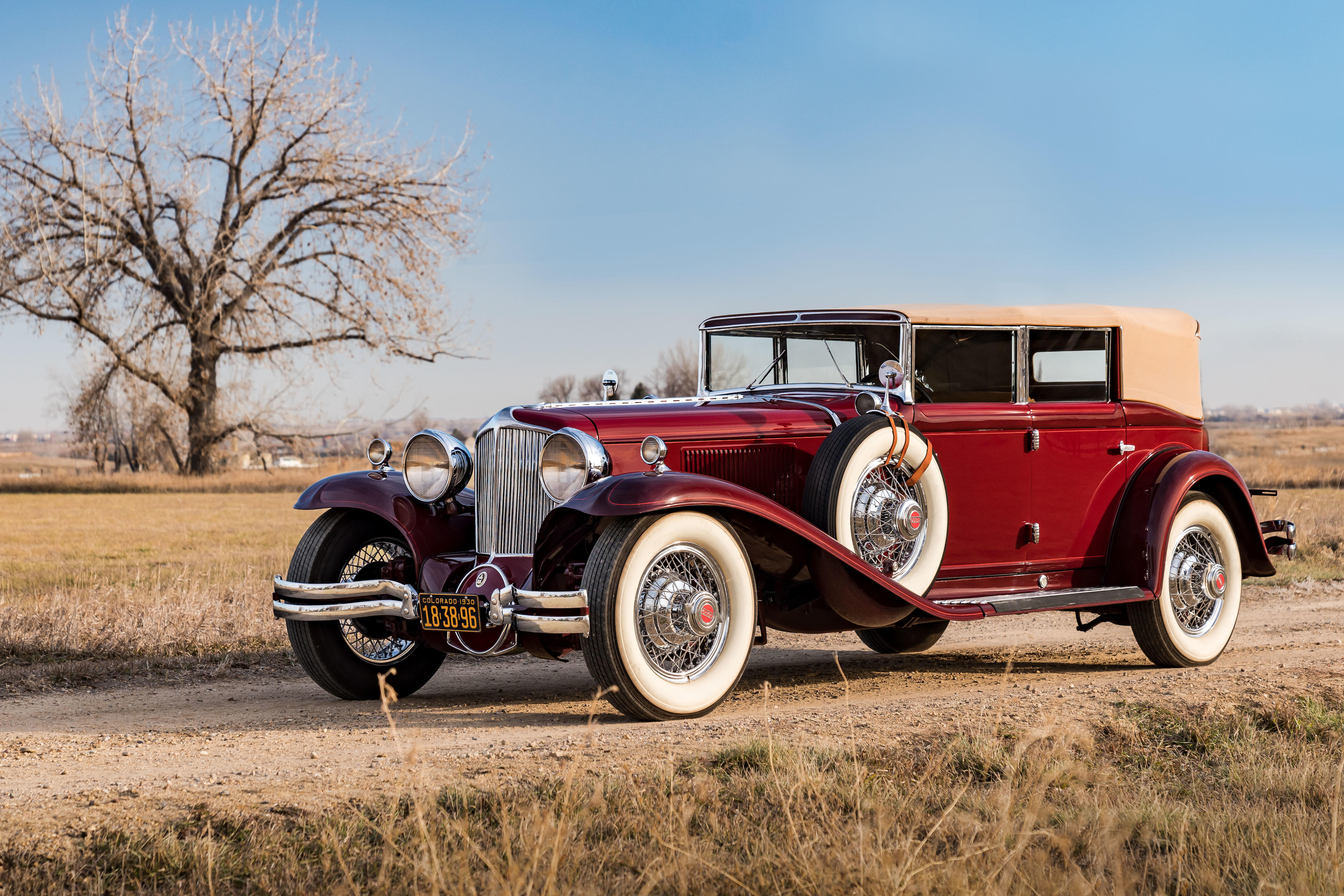
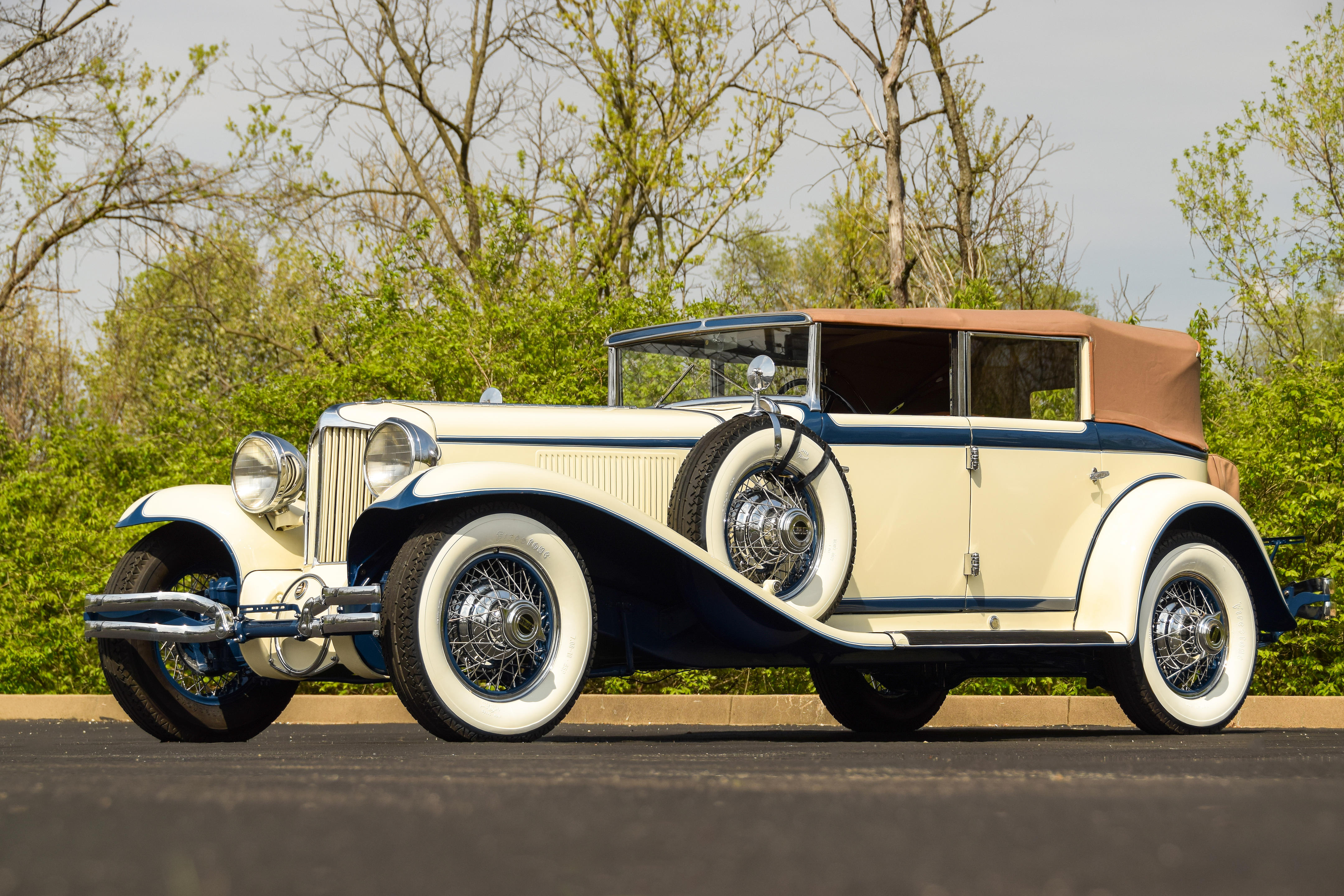
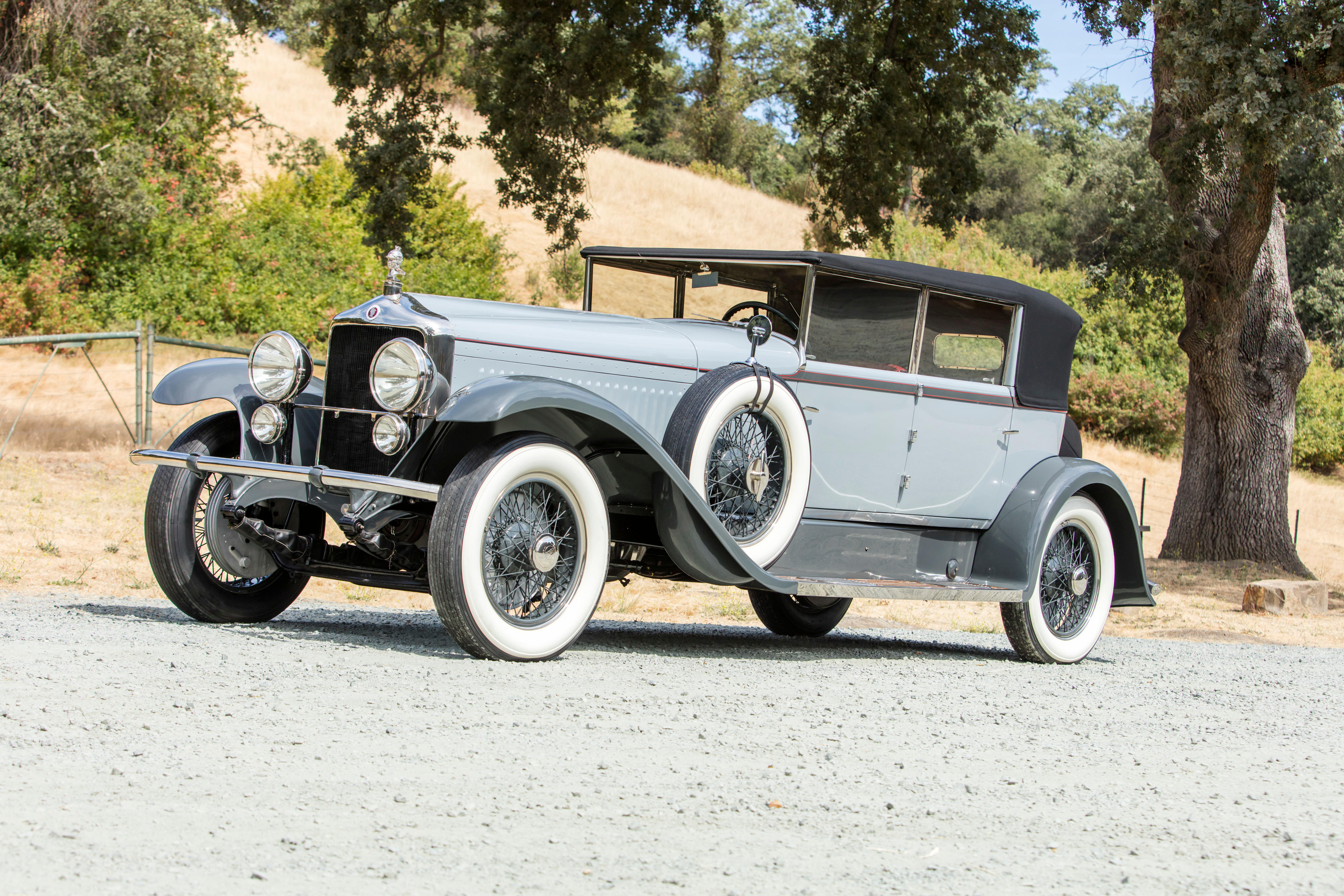

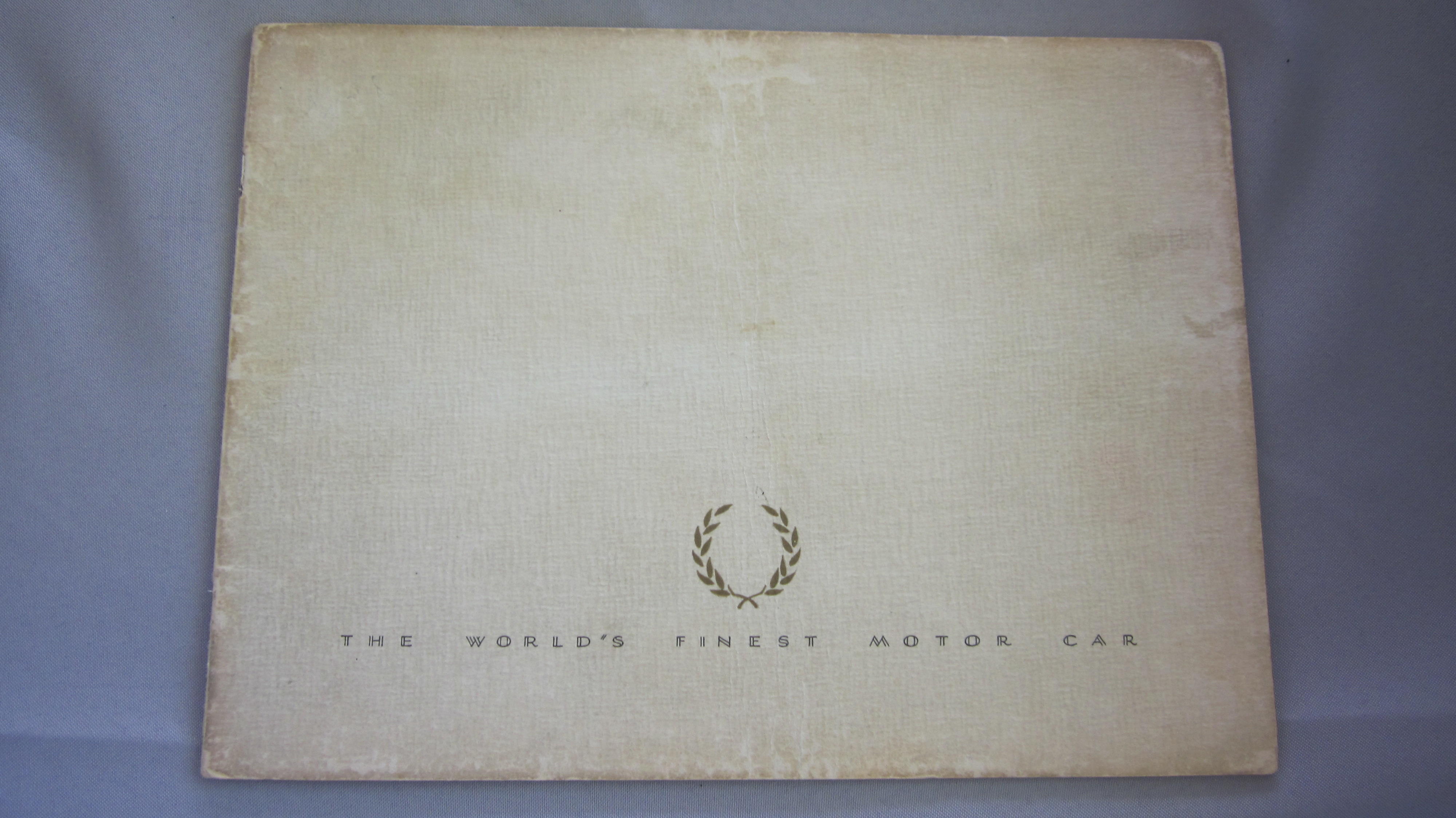

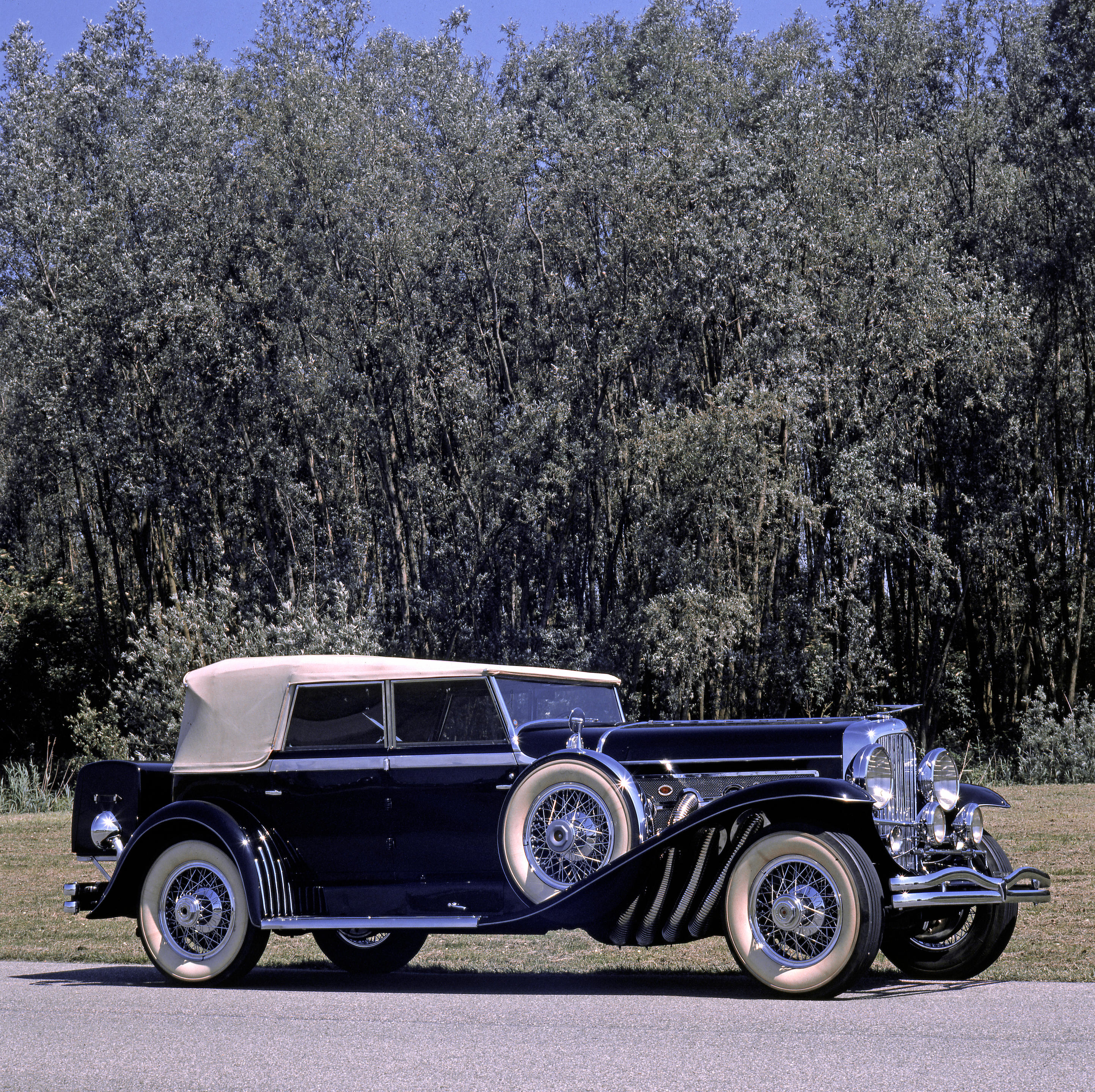
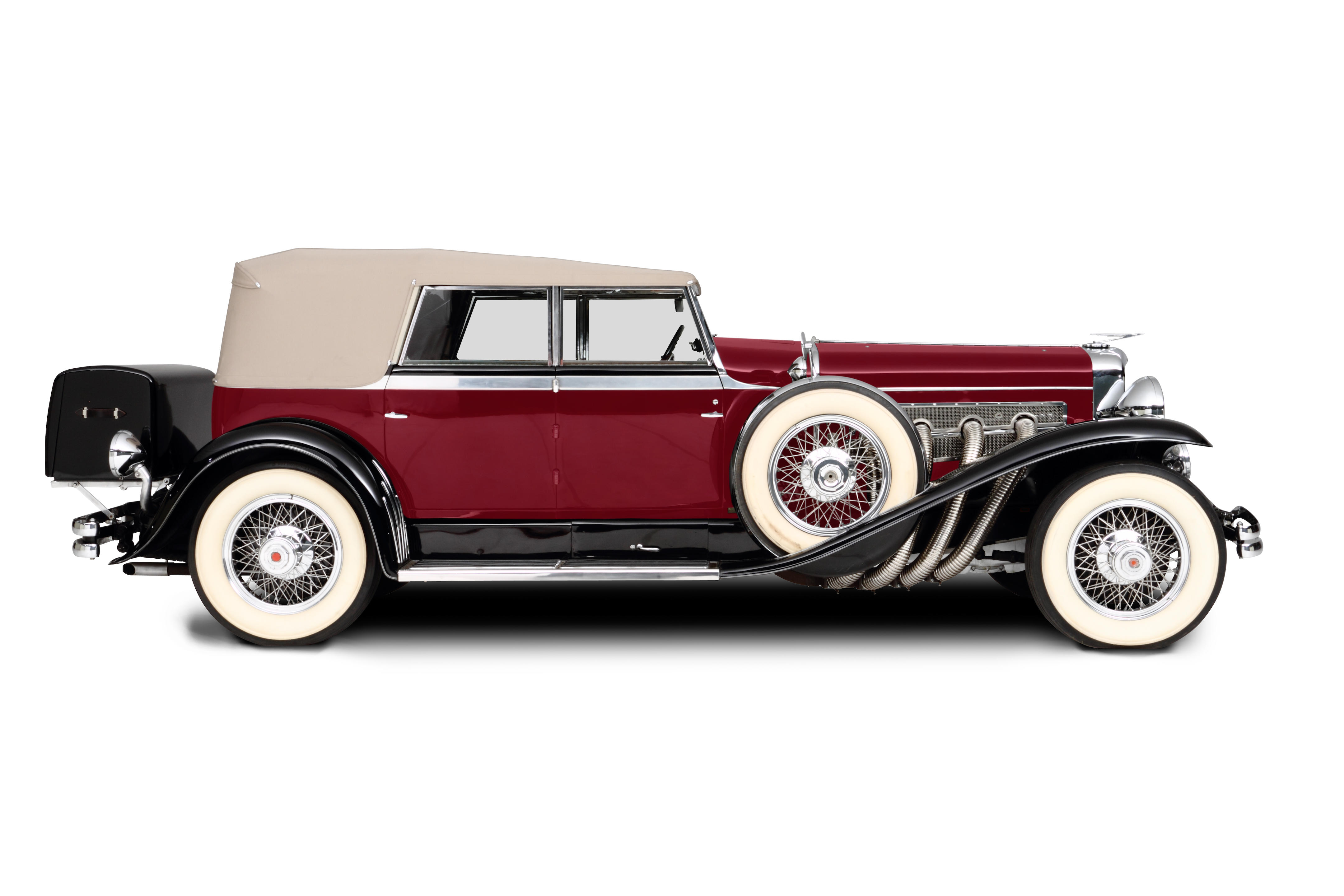
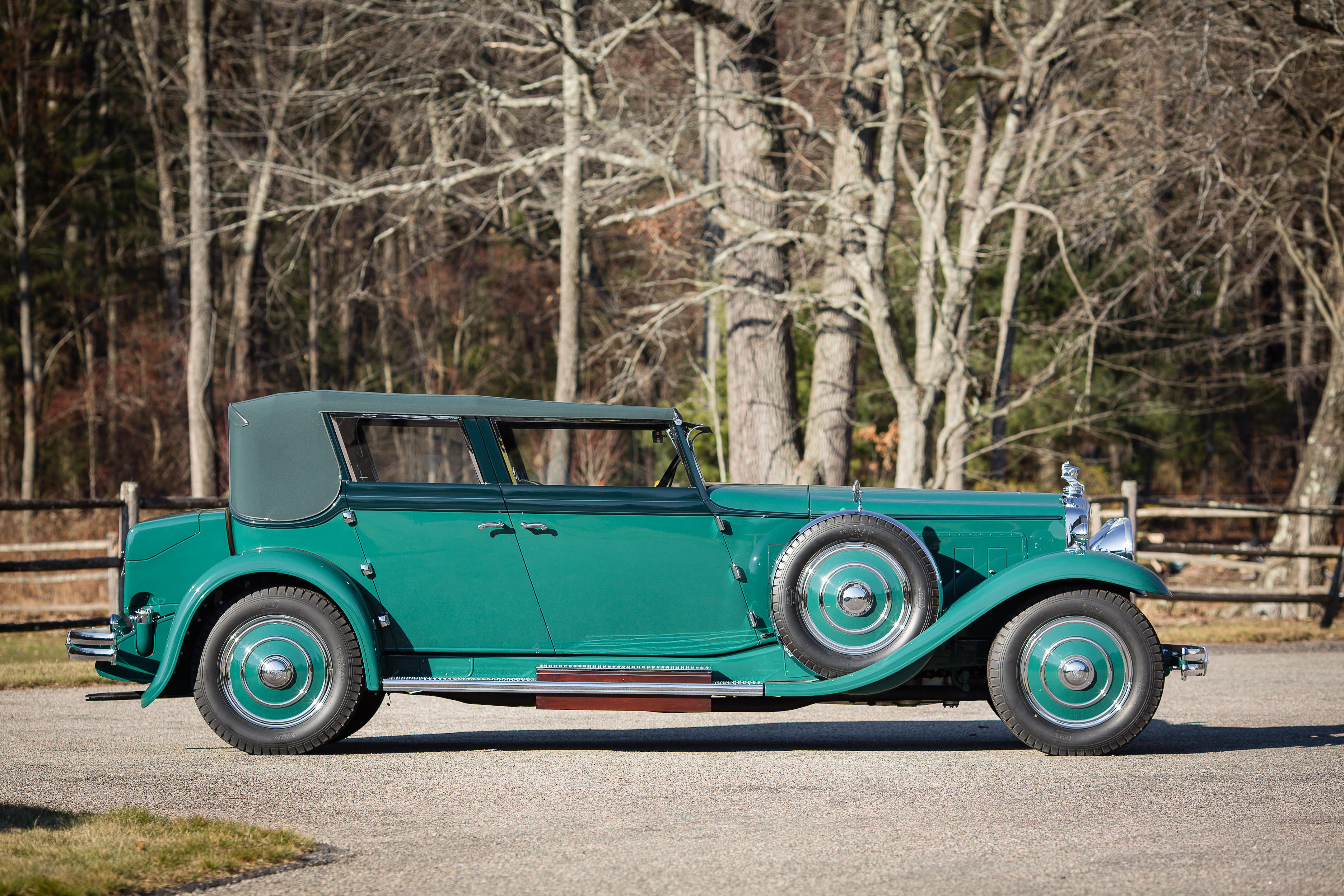
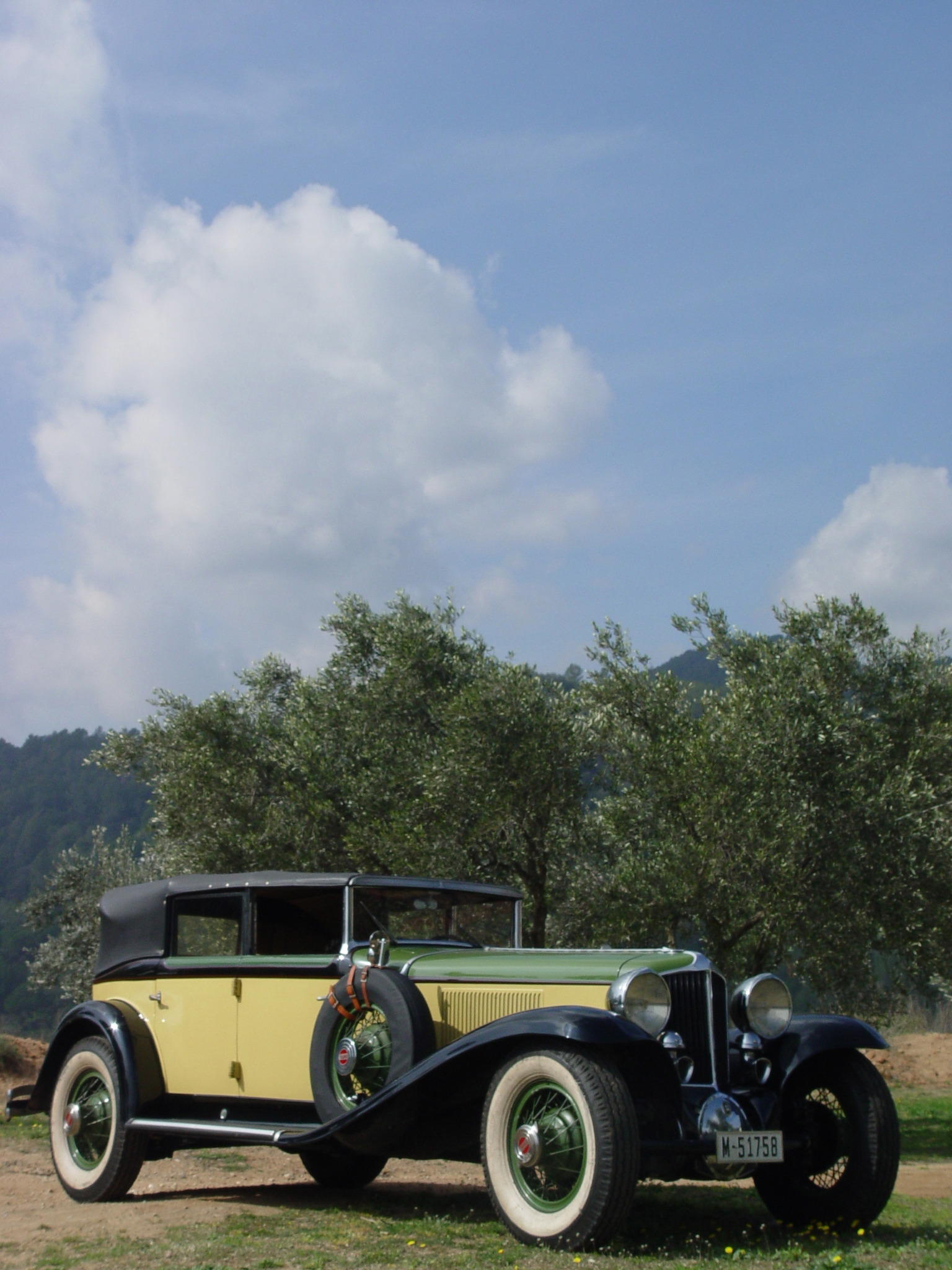
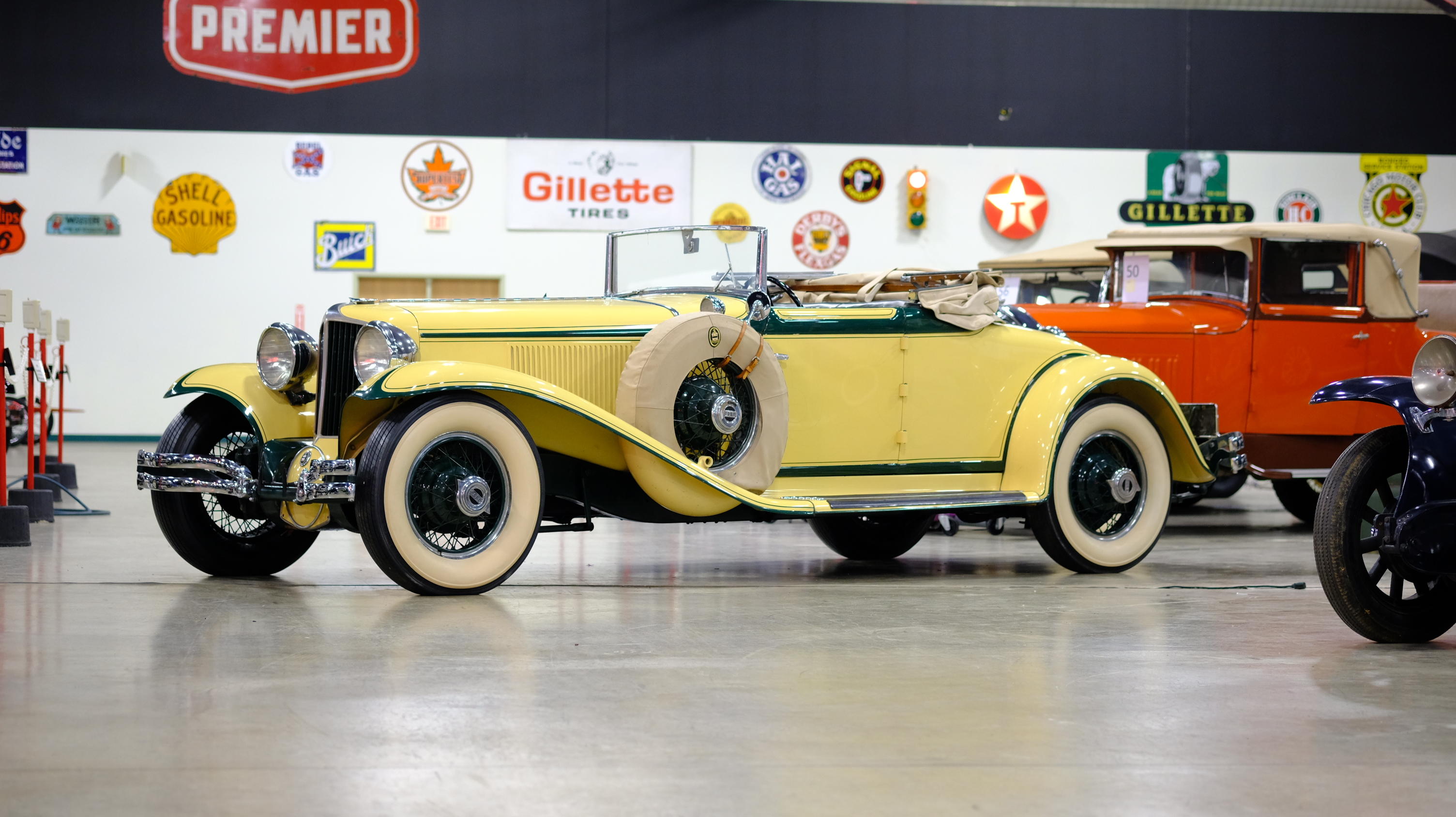
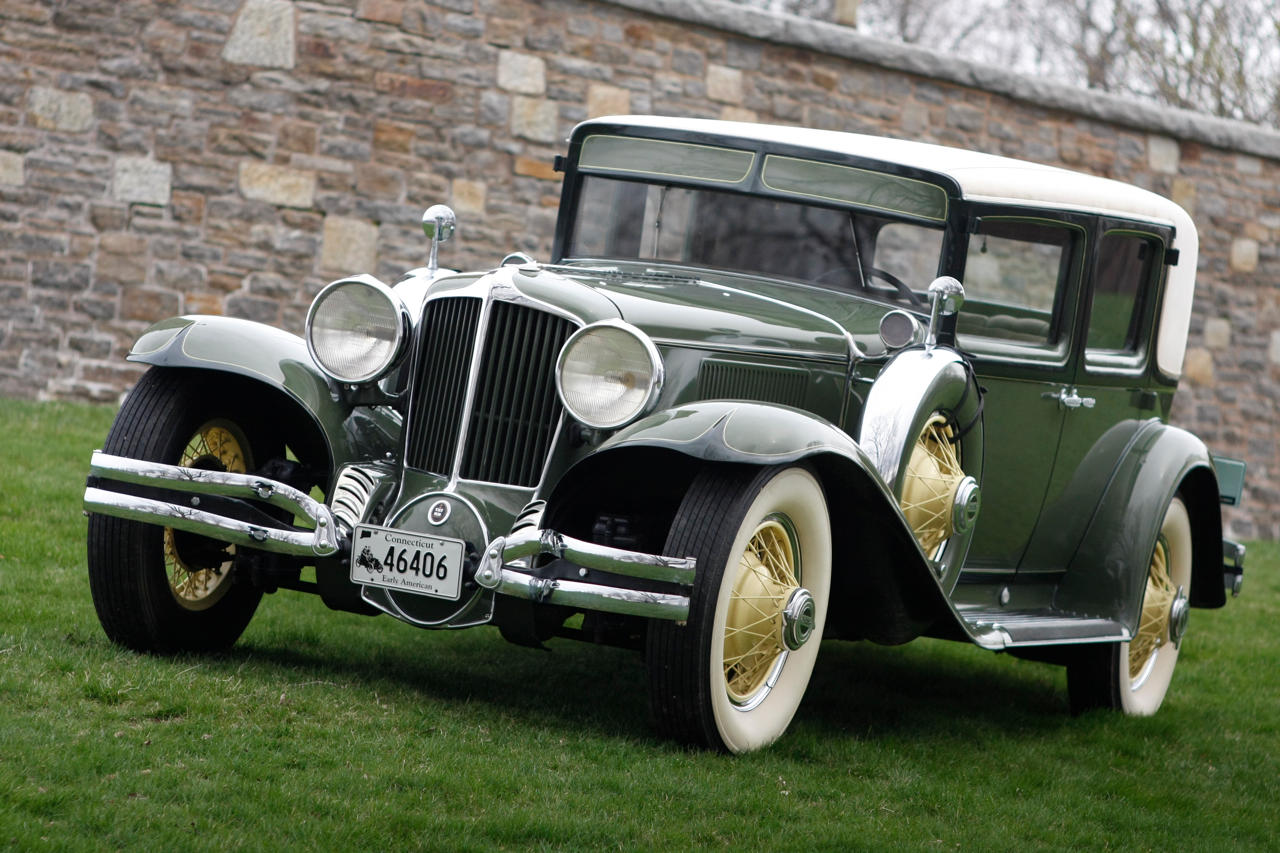
Testen Sie LotSearch und seine Premium-Features 7 Tage - ohne Kosten!
Lassen Sie sich automatisch über neue Objekte in kommenden Auktionen benachrichtigen.
Suchauftrag anlegen